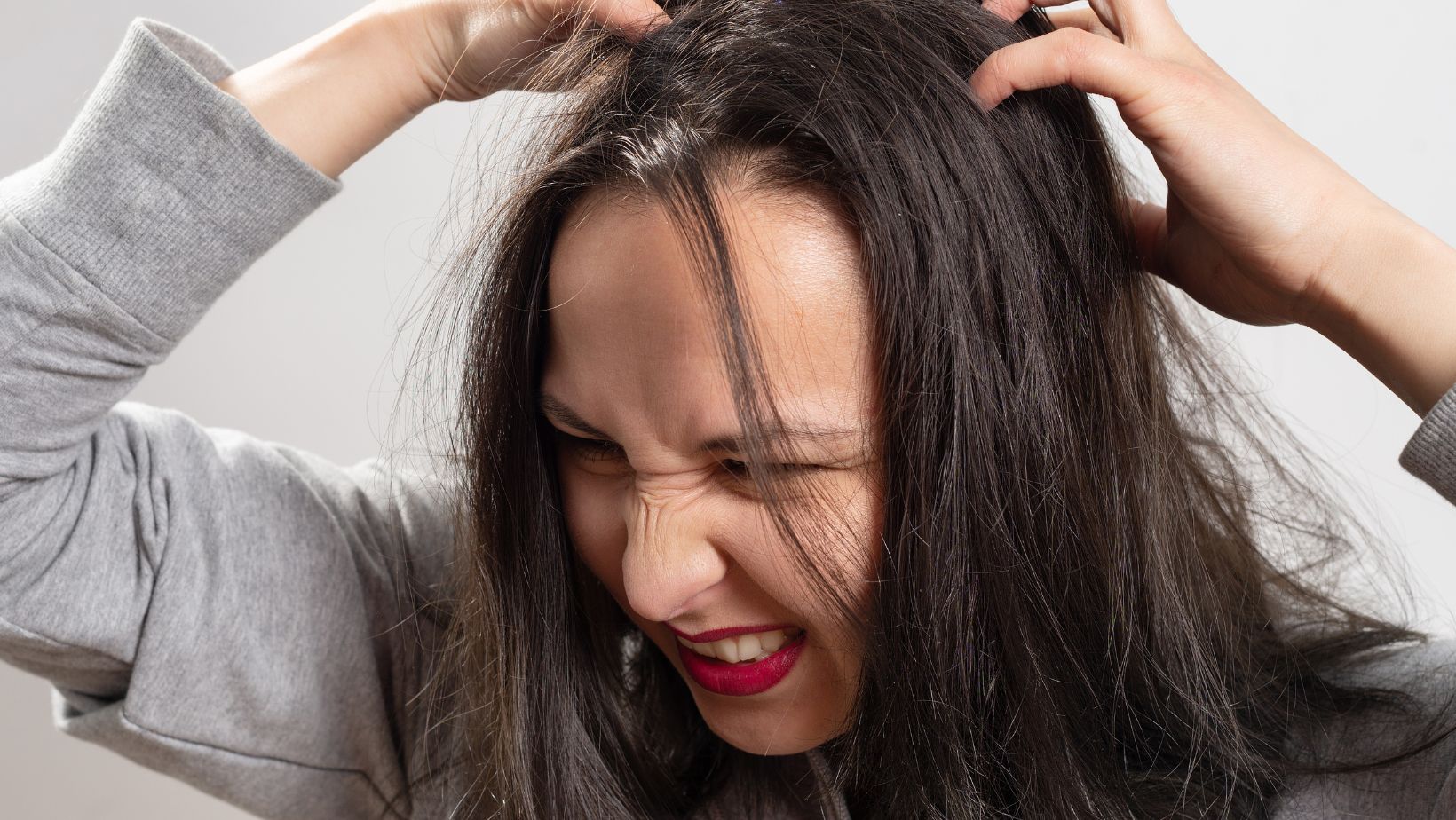
Head lice infestations are common, especially among children. One of the telltale signs of head lice is an itchy scalp. If you find yourself constantly scratching your head, it’s essential to consider the possibility of head lice.
This blog will explore six signs that your itchy head might result from head lice infestation. By recognizing these signs, you can take the necessary steps to treat those pesky lice with a head lice treatment Australia and prevent further spread.
Persistent Itching
The most common and noticeable sign of head lice is persistent itching. If you find yourself scratching your head frequently, particularly around the back of the neck and behind the ears, it could be due to lice bites and saliva.
The itchiness results from an allergic reaction to the saliva, which contains substances that prevent blood clotting. The itching may intensify at night or after shampooing, as these activities stimulate the lice.
Tickling Sensation
Head lice can cause a tickling or crawling sensation on the scalp. If you feel something is moving in your hair, it might be time to investigate further.
The sensation occurs as the lice move around in the hair and can be a discomforting experience. This crawling sensation often accompanies an itchy scalp, leading to a persistent urge to scratch.
Visible Nits or Lice
Inspect your hair and scalp for visible nits (lice eggs) or adult lice. Nits are tiny, oval-shaped eggs usually attached close to the scalp and can be mistaken for dandruff. They are generally yellowish-white or brown.
Nits are often found near the hair roots, particularly behind the ears and along the hairline. Adult lice are small, wingless insects that are brown or grayish-white in color and can be seen crawling on the scalp.

While nits and lice may be challenging, a fine-toothed comb or a magnifying glass can help detect them. You may also notice nits or lice on combs, brushes, or hats that have come into contact with an infected person.
Irritated Scalp
Head lice infestations can cause scalp irritation and redness due to the constant biting and feeding. It may indicate head lice if you notice increased sensitivity, inflammation, or small red bumps on your scalp.
Lice irritates the scalp, leading to discomfort and visible signs of irritation. Scratching the itchy scalp can further exacerbate the irritation, potentially causing the skin to become raw or develop sores.
Restless Nights
Head lice are most active at night when they feed on the scalp’s blood. If you find yourself experiencing restless nights and difficulty sleeping, it could result from head lice activity, leading to discomfort and itchiness.
The constant movement and biting of the lice can disrupt sleep, causing restlessness and disturbed sleep patterns. It is common for individuals with head lice to feel more discomfort at night as the lice become more active during this time.
Visible Lice Movement
In addition to spotting nits, you may also notice the actual movement of adult lice on your scalp.

These tiny insects can be seen crawling through the hair strands, particularly around the areas of infestation. Observing live lice can confirm the presence of head lice and prompt immediate action.
Conclusion
If you experience an itchy head accompanied by any of the above signs, taking immediate action to treat head lice is essential. Consult a healthcare professional or a pharmacist. They can guide the most effective treatments and advise on adequately using them.























